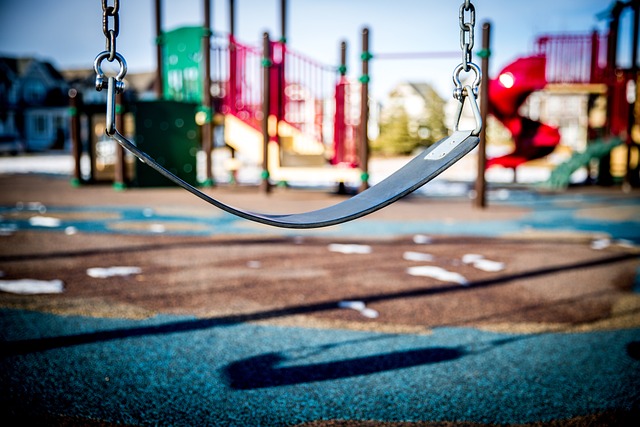Designing indoor playgrounds and adventure centers involves creating engaging spaces with interactive exhibits, play structures, and immersive experiences inspired by children's museums, kid-friendly parks, and local zoos. Integrating natural elements, educational programs, and family-friendly activities offers both entertainment and enrichment for all ages. These venues blend fun and learning, transforming traditional areas into captivating destinations similar to children's museums, with themed play areas and hands-on activities that foster curiosity and a love for learning in young minds.
Indoor playgrounds and adventure centers offer a dynamic and year-round solution for families seeking engaging activities. These spaces, designed with young explorers in mind, transform leisure time into an immersive experience. From interactive exhibits to educational programming, these facilities cater to diverse age groups and interests. By combining indoor play with outdoor adventures, local zoos, museums, and beaches, family recreation expands beyond traditional parks. This article explores how children’s museums, kid-friendly parks, and inclusive programming foster a community where families can bond and learn through unique experiences.
- Designing Engaging Spaces for Young Explorers
- – The role of interactive exhibits and play structures
- – Incorporating educational elements into indoor playgrounds
Designing Engaging Spaces for Young Explorers

Designing engaging spaces that spark curiosity and exploration is essential when creating indoor playgrounds and adventure centers. These spaces should cater to various age groups, offering a mix of interactive exhibits, play structures, and immersive experiences. Incorporating elements from children’s museums, kid-friendly parks, and even local zoos can create diverse and captivating environments. For instance, incorporating animal themes, replicas, or interactive displays inspired by nature can introduce young minds to the wonders of the outdoors, fostering an early love for exploration and learning.
Family outdoor adventures and educational programs are also integral to designing appealing destinations. Creating areas dedicated to hands-on activities, science experiments, or art workshops encourages parents to engage with their children, making every visit an enriching experience. Moreover, integrating natural elements like plants, water features, or even indoor beaches can provide a sense of tranquility and fun, ensuring both entertainment and relaxation for the whole family.
– The role of interactive exhibits and play structures

Interactive exhibits and play structures are integral to creating engaging environments for children in indoor playgrounds and adventure centers. These elements foster hands-on learning experiences, allowing kids to explore, discover, and interact with their surroundings. From sensory stations that stimulate young minds to climbing frames that encourage physical activity, these features cater to diverse age groups and interests.
Such attractions not only provide entertainment but also offer educational benefits. Children’s museums and local zoos often incorporate interactive exhibits designed to teach about science, nature, and history in a fun way. Family outdoor adventures and visits to kid-friendly parks can be enhanced by play structures that promote imaginative play, teamwork, and problem-solving skills. Even family-friendly beaches can feature interactive art installations or sandplay areas tailored for different age groups, ensuring memorable and enriching experiences for the whole family.
– Incorporating educational elements into indoor playgrounds

Indoor playgrounds and adventure centers are evolving to become dynamic spaces that blend fun and learning, offering a unique twist on traditional kid-friendly parks and family outdoor adventures. By incorporating educational elements, these venues transform into engaging destinations akin to children’s museums. Interactive exhibits, themed play areas, and hands-on activities can spark curiosity and foster a love for learning in young minds. Think of sensory stations that mimic nature, construction zones encouraging creative problem-solving, or science-themed challenges that introduce basic concepts through play.
This approach not only captivates children but also provides parents with the opportunity to engage in meaningful educational family programs. Incorporating elements from local zoos or even incorporating ocean-inspired play areas at family-friendly beaches can further enhance the learning experience. These innovative spaces cater to diverse interests, making indoor playgrounds a go-to choice for families seeking both entertainment and enrichment during any season, rain or shine.






